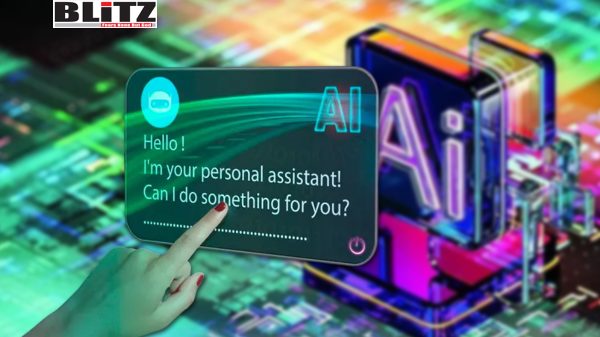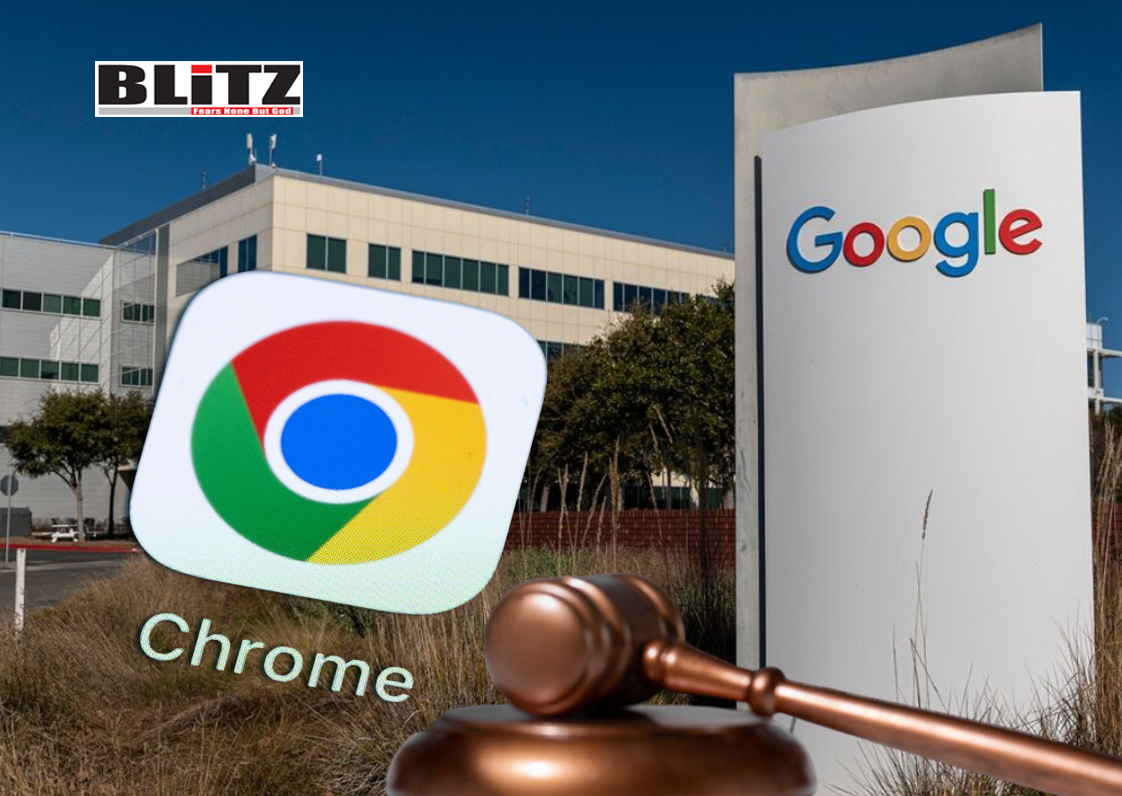Google’s Bard AI can now read your emails
- Update Time : Saturday, September 23, 2023

Google’s Bard generative AI engine has expanded its capabilities to include reading emails, summarizing documents, and self-fact-checking, as part of Google’s efforts to enhance AI-driven services for consumers and businesses. This development, known as Bard Extensions, is designed to integrate data from various Google services such as Gmail, Docs, Drive, Google Maps, YouTube, and Google Flights and Hotels. Bard is built on Google’s PaLM 2 AI large language model (LLM) and is being described as the “most capable model yet”.
Yuri Pinsky, Bard’s director of product management, explained that this new generative AI engine employs advanced reinforcement learning techniques to make it more intuitive and imaginative. For instance, you can ask Bard to check your emails to determine when your travel companions are available and then create an itinerary, including flight and accommodation details, based on that information. Bard will seamlessly search across multiple Google platforms and present the results in a coherent and ongoing conversation.
A notable feature introduced with this update is ‘Google It,’ which compels Bard to double-check its outputs. It cross-references its responses with Google Search results, highlighting statements that are verifiably true or potentially inaccurate. This helps address issues related to generative AI “hallucinations”.
Google’s move with Bard also serves as a response to Microsoft’s AI-powered productivity tool, Microsoft 365 Copilot, announced earlier this year. The update aims to make Bard even better at customizing its responses, enabling users to bring their ideas to life more easily.
Google’s long-term strategy in the AI space centers around Gemini, its upcoming competitor to the GPT-3.5 and GPT-4 LLMs that power OpenAI’s ChatGPT. Gemini was teased at Google I/O earlier this year, with a commitment from CEO Sundar Pichai to fine-tune and rigorously test it for safety before release. Reports suggest that Google has already granted select businesses access to an early version of the system.
While tech giants like Google and OpenAI continue to advance generative AI in the cloud, the broader ecosystem is also working to bring AI capabilities to consumer devices and business desktops. Amazon, for instance, has released new and updated consumer devices that incorporate generative AI capabilities into its popular Alexa assistant.
Furthermore, companies are exploring the potential of locally running AI features on user devices. Intel has unveiled ‘AI PCs’ built around upcoming Core Ultra chips that feature a Neural Processing Unit (NPU) for accelerated AI data processing. This approach enables AI applications to run on standalone PCs, even when disconnected from the internet, enhancing privacy and supporting personalized AI systems for everyday tasks.
Gartner, an analyst firm, predicts that the support of major tech vendors will normalize generative AI technology in 2024 and beyond. However, they advise business leaders to carefully consider use cases and build “tiger teams” that collaborate with line-of-business executives to identify innovative opportunities.
In the realm of generative AI, there are five major approaches, according to Gartner. These include adding generative AI to existing workflows, prompt engineering to guide AI engines, fine-tuning or building LLMs from scratch, and ‘retrieval augmented generation’ (RAG), which combines enterprise data with existing LLMs to enhance model grounding in reality.

















